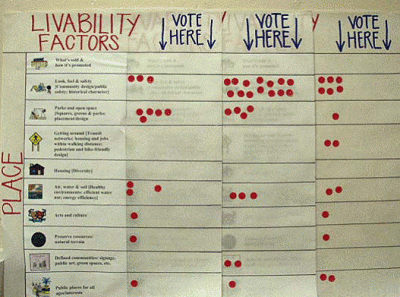African Americans in Louisville, Kentucky, as in the rest of the U.S., experience greater health inequities compared to other racial and ethnic groups. This population, in particular, disproportionately experiences illness, violence-related injuries and premature death. In response, the Louisville Metro Department of Public Health and Wellness's Center for Health Equity is tracing the pathway from illness and injury to the community conditions, norms and root factors that lead to poor health and inequity in the first place. By building capacity among historically disenfranchised neighborhoods, CHE is leading an urban movement to promote equal opportunities for health and safety.







